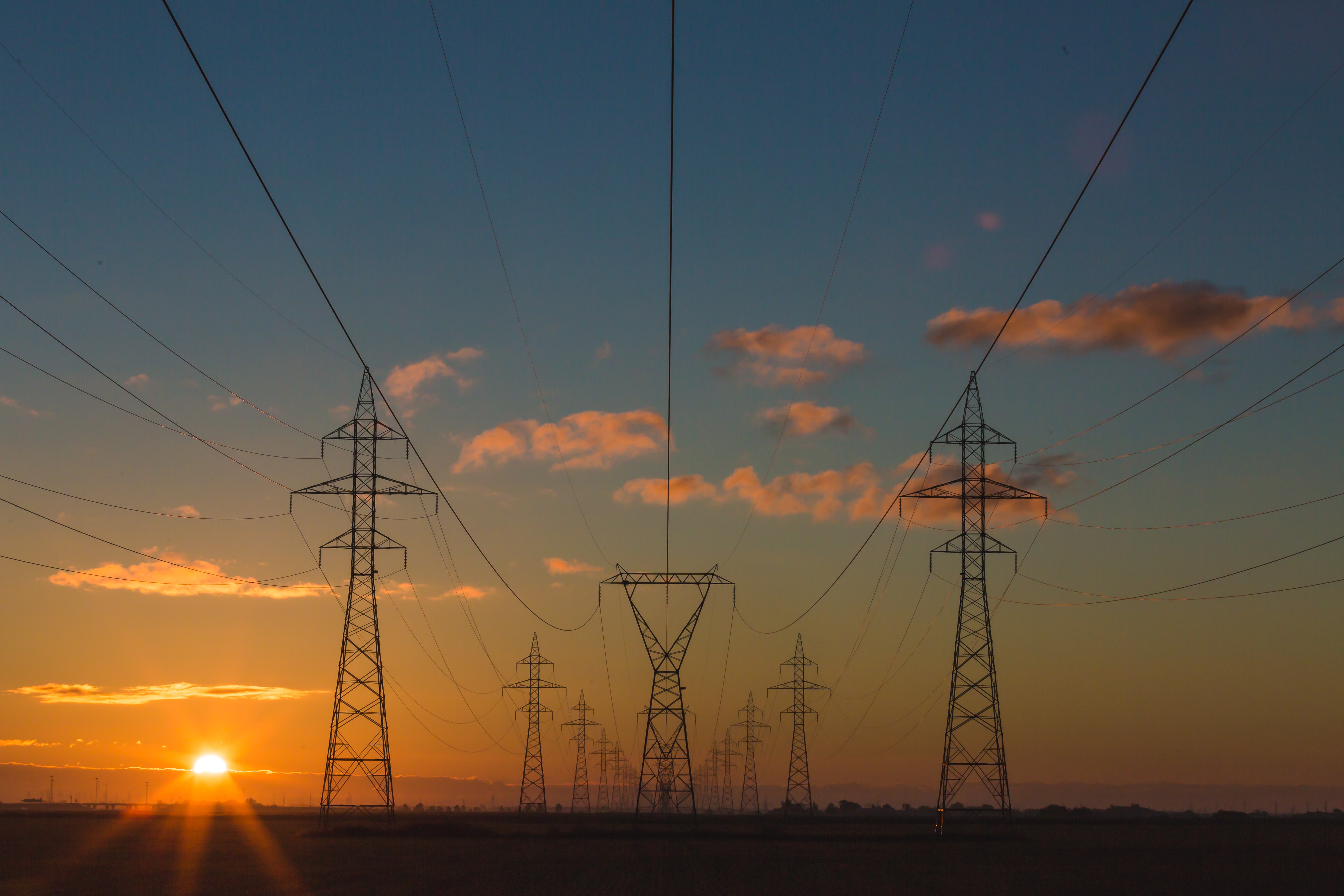
WRI India Experts Decode Union Budget 2023
In her introduction to the Budget for the financial year 2023-24, Finance Minister Nirmala Sitharaman said “We are implementing many programmes for green fuel, green energy, green farming, green mobility, green buildings, and green equipment, and policies for efficient use of energy across various economic sectors.” The term “green” appears 22 times in the speech. Green Growth has been stated as one of seven priorities alongside inclusive development and infrastructure and investment in the Union Budget announced on Wednesday. But how green, inclusive, and sustainable development-oriented is the budget?
In the face of a net-zero by 2070 target, a slowing economy, rising population and an unemployment problem worsened by the pandemic, the budget focused on many relevant announcements in the clean energy, electric mobility, agriculture, MSME, and urban development space. We bring you the highlights from Budget2023 decoded by WRI Experts, the hits, the misses, and the way forward.
Watch this video where experts from WRI India give an insight into various aspects of the Union Budget 2023 announcements. Our experts are: Dr. Ruchika Singh, Director - Sustainable Landscapes and Restoration; Pawan Mulukutla, Director - Integrated Transport, Electric Mobility & Hydrogen, Madhav Pai, Interim CEO & Program Executive Director - Sustainable Cities & Transport; Saransh Bajpai, Senior Manager, Climate, and Deepak Sriram Krishnan, Associate Director, Energy.
#Budget2023: An Overview
Madhav Pai, Interim CEO, WRI India, noted that, “the inclusion of green growth as a budget priority in the form of allocations for energy transition, emphasis on battery storage, and green credit announcement offers encouragement for the environmental sector”. Calling the Urban Infrastructure Fund a welcome move with the potential to contribute toward building resilience in our cities, he said, “The agricultural accelerator, the emphasis on millets and, particularly, support for MSMEs promise a just transition.”
“We are yet to see the details for how some of this will pan out, particularly the green credit program, but we are headed in a positive direction,” Pai added.
Jaya Dhindaw, Program Director, Integrated Urban Development, Planning and Resilience, WRI India highlighted that the budget “reinforced the focus on urban planning and improving municipal finances to deliver economic development and better quality of living,” while also pointing out the lack of clarity “in the impacts sought and the approach for the operationalization of better urban development goals.” She also noted, “Commensurate efforts on creating decent job opportunities along with programs to encourage MSMEs, will provide a much needed shot in the arm to the Indian economy,” and hoped for an increased focus on education, research and development spending.
Agriculture and Food Security
In the farming sector, emphasis was laid on green agriculture, millet production and research. An Agriculture Accelerator Fund was also announced to encourage Agri Start-ups by young entrepreneurs. According to Kavita Sharma, Senior Program Manager - Land Accelerator, “The announcement of an Agriculture Accelerator Fund is a much-needed welcome step that will enable innovative and affordable solutions/businesses to scale up. It will boost entrepreneurship, employment and investment in farm-based technologies, and innovations leading to increased farm productivity, food security and digitisation of farm services for optimising the value chains.”

MSMEs
A win for MSMEs came in the shape of extended Credit Guarantee. The scheme, revamped last year, is to take effect from April 2023 with an additional INR 9,000 crore in the corpus. This will reduce the cost of raising funds and enable collateral for Rs 2 lakh crore loans to MSMEs. Saransh Bajpai, Senior Manager, Climate Program, WRI India, described it as a welcome step. “Credit growth to the MSME sector has been remarkably high, over 30.6% on average during Jan-Nov 2022, supported by the extended Emergency Credit Linked Guarantee Scheme (ECLGS). Further, the improved financial health of public sector banks has positioned them better to increase the credit supply. This creates an opportunity for MSMEs to diversify their operations and create more jobs,” he said.
Ashwini Hingne, Senior Manager, Climate Program, WRI India, saw the move to make Permanent Account Number (PAN) a common identifier for businesses as another positive. She said, “Along with PAN, digi locker for document access and risk-based KYC reforms can be key enablers to simplify finance mobilization for MSMEs.”
Energy Transition: RE and Batteries
In terms of concrete allocations, Rs 35,000 crore was assigned towards the energy transition. Viability Gap Funding has also been announced for building Battery Energy Storage. Sandhya Sundararagavan, Lead, Energy program, WRI India highlighted the potential of this move, “Battery Energy Storage is a critical element for seamlessly integrating higher shares of renewables in the energy mix. This announcement is a positive step and will enable RE rich states to store and use power during high demand periods and export excess power to neighboring states.” She added that this can lead the way for India to become a hub for the battery energy ecosystem in the coming decade.
The budget also declared plans to evacuate 13GW RE power from Ladakh, which can support India's RE targets, but should be done with social and environmental principles in mind. Namrata Ginoya, Senior Manager, Energy and Resilience, WRI India summed up the promise and the apprehension, “Ladakh is a fragile ecosystem, which provides ecosystem benefits such as riverine water resources. The mix of technology will define the need and methodology for assessing environmental and social impacts as well as assessing climate risks for the infrastructure itself.”

Electric Mobility and Air Quality
Parveen Kumar, Senior Program Manager, Electric Mobility, WRI India noted that "Outdated and old vehicles lack fuel efficiency and have higher emissions which led to the announcement of the Scrappage Policy for vehicles older than 15 years in the previous year's budget." Kumar added that the move to support scrapping of old vehicles "will further boost the penetration of electric vehicles (EVs) and increase EV sales in the country."
Additionally, Custom Duty Exemption on the import of the equipment needed to produce lithium-ion cells which are used in EV batteries has also been extended. This along with the viability gap funding “is a move aimed at indigenizing battery manufacturing in India,” according to Deepak Krishnan, Associate Director, Energy program, WRI India.
“While this is welcome, a forward-looking approach on the demand side was also anticipated. Particularly regarding subsidy disbursement to encourage EV adoption in the country.” Krishnan added.
Weighing in from an air quality perspective, Bhavay Sharma, Senior Program Manager - Air Quality, WRI India, said, “We were hoping to see additional funding for air quality R&D, implementation of air pollution mitigation measures and financial incentives that enable easy-to-abate sectors to make the transition to clean energy solutions.”
Road to Implementation
Bharath Jairaj, Executive Director, Energy, WRI India, responded to the overall changes announced in the energy sector and shared his expectations for appropriate green interventions in allocations made across sectors. “The Union Budget tabled in Parliament today continues a healthy trend of prioritizing greening the economy, with specific outlays for energy transitions and battery storage sectors.” He advised that it will be important to look at the fine print on the large Rs 10 lakh crore infrastructure investment outlays and similarly the redevelopment of 50 additional airports and the nearly 2.5 lakh crore for the railways to assess if the government has paid greater attention to energy efficiency, decarbonizing infrastructure and transport, integrating circularity and sustainable cooling. Sharing his hopes for proper implementation and the way forward, he added, “It will be great to see India prioritize and embrace ‘responsible energy’ principles to minimize social and environmental impacts of the energy transition, especially the establishment of large renewable energy projects. Hopefully, the outlays for the energy transitions and battery storage can be implemented with circularity, social and environmental norms in mind.”
All views are personal.